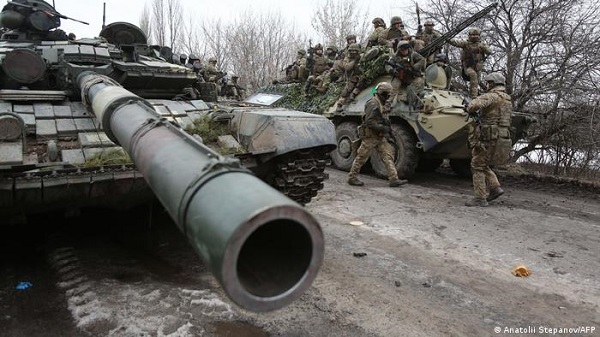
Complicated market: Russia-Ukraine war, inflationary trends, reasons for optimism
Russia's invasion of Ukraine and its military strikes on the latter has brought about uncertainties that are bad for markets.
Ukraine is not a NATO member and there would be few pretexts on which any foreign power could intervene to support it. Aggressive sanctions and global condemnation are likely responses.
Advertisement
In relation to how this impacts the investments globally, sanctions are already causing challenges around the world, seeming almost as damaging to the West and the developing world, as to Russia.
There is the potential for the conflict to spread, but the outcomes are difficult to model. Russia and Ukraine are large commodity producers.
If significant production is hampered, or if sanctions severely reduce the supply of key materials, commodity prices and inflation may impact countries across the globe, as it is being experienced now.
Commodities to keep an eye on are oil, wheat and neon, but oil is the biggest one, because Russia supplies 40 per cent of Europe’s natural gas and more than 20 per cent of their crude oil.
Globally, they are a large producer of both. Imposing sanctions on Russian oil and gas will likely require developed markets, notably Europe, to endure significant energy price increases.
Strategic reserve releases may help steady markets, and rig counts in the US have been rising, but sanctions on Russian energy production will be painful for everyone involved.
Ukraine and Russia are two of the largest wheat exporters prices have been rising in response to the conflict and any sanctions or damage to port/rail infrastructure could cause these processes to remain high.
The US is well positioned to handle this kind of situation; being a net exporter of most grains, but globally, any pressure on food prices is generally negative to all.
Finally, Russia is one of the largest global suppliers of neon, a by-product of their steel production.
Neon is used in semiconductor manufacturing, an area where global supply has already been tight.
Most large Western semiconductor companies started to protect their supply chains for neon after Russia annexed Crimea in 2014. So this may not be as impactful for some of the larger producers.
However, rising neon prices may eventually bleed through to semiconductor prices, as smaller companies who did not protect their supply chains get squeezed and price hikes work their way through the supply chains.
All of these factors point to the potential for inflation to remain elevated for a longer period in the US, and around the world.
The pressures will remain supply side driven and “transitory” but it is inflation nonetheless. Should this come to pass, it will put the Federal Reserve in a tough spot.
Emmanuel Tenge. Journalist, GBC. E-mail: [email protected]



